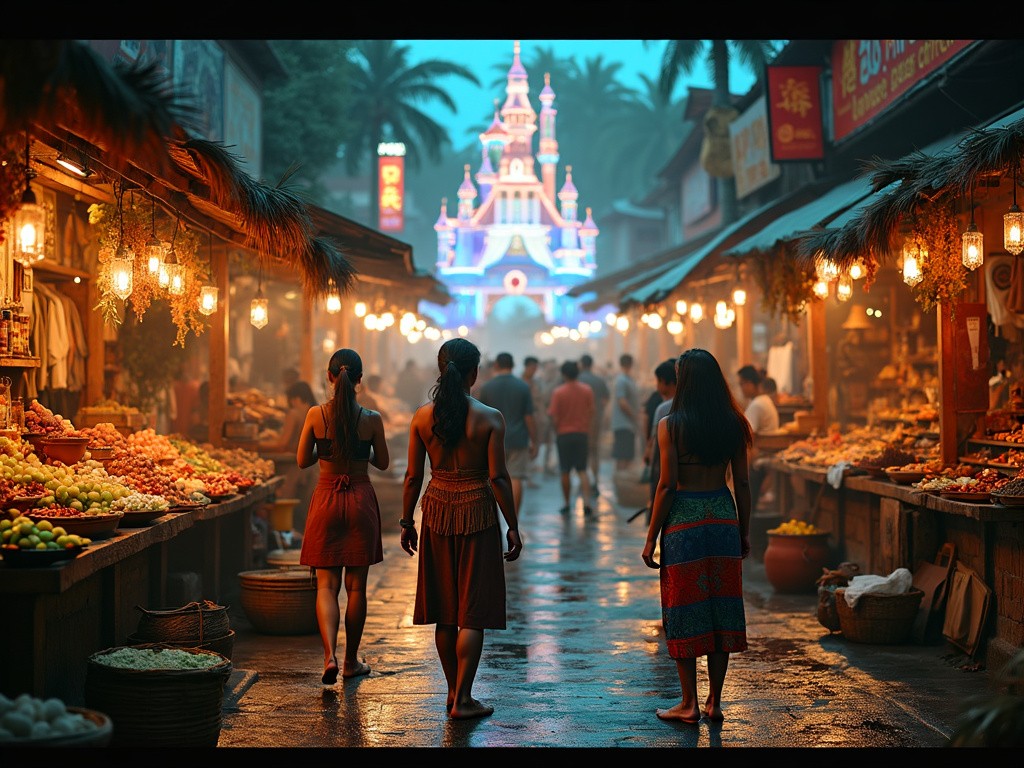Origins
In early winter 2024, I finally embarked on this long-awaited trip to Kyoto. As someone from the post-90s generation who grew up drinking bubble tea, my understanding of matcha had always been limited to Starbucks' Matcha Frappuccino. Every time I saw friends posting about their tea ceremony experiences in Kyoto on social media, I was intrigued but never took action. Until this time, when I decided to fully immerse myself in the tea ceremony culture of this thousand-year-old capital.
Previously, my impression of the tea ceremony was quite vague, thinking it was just people sitting formally and pretentiously drinking tea. But this Kyoto trip completely changed my perspective. Here, I met many wise tea ceremony teachers, experienced various distinct tea rooms, and more importantly, I began to understand the profound cultural implications behind the tea ceremony.
First Tea Room Experience
It was an especially cold morning when I walked into a century-old tea room in the Gion district. This tea room was hidden deep in a secluded alley - if I hadn't done my research beforehand, I would have definitely missed this hidden gem. When I pushed open that simple wooden door, I was greeted by the subtle fragrance of tatami mats mixed with faint tea scents, instantly transporting my thoughts to another time and space.
The entrance to the tea room was particularly low, only about a meter in height. I had to bend down and carefully crawl in. Later I learned that this design, called "nijiri-guchi," wasn't due to lazy architecture but rather an embodiment of tea ceremony spirit. Whether you're a high official or common citizen, everyone must bow and bend to enter the tea room - this intentional design eliminates status differences between people and expresses humility.
The interior of the tea room was extremely minimalist, yet every detail revealed careful arrangement. Along the wall was a "tokonoma" with a hanging ink painting and a vase containing a perfectly placed camellia. Sunlight filtered through the fine paper windows, casting dappled shadows on the tatami mats, filling the entire space with a serene atmosphere.
What impressed me most was a small window in the tea room, which the teacher called "mado." The position and size of this window were precisely calculated so that when sunlight shines through at an angle, it perfectly illuminates the matcha in the tea bowl, revealing the most enchanting emerald green color. This pursuit of ultimate detail made me marvel: the Japanese attention to etiquette and aesthetics truly runs deep in their bones.

Learning from the Master
The tea ceremony teacher who instructed me was an elderly lady over seventy. Although she couldn't speak Chinese, her eyes, though wrinkled, were bright and alert, and her serious, focused demeanor reminded me of my grandmother. Each of her movements flowed like water, as if performing a carefully choreographed dance.
With the help of an interpreter, the teacher introduced me to the core principles of tea ceremony - "Wa-Kei-Sei-Jaku." "Wa" represents harmony between people; "Kei" is respect for others and all things; "Sei" refers to purity of both mind and exterior; "Jaku" is the pursuit of simplicity and restraint. These four characters seem simple but contain profound life philosophy.
The teacher especially emphasized that tea ceremony isn't just about tea-making techniques, but rather a reflection of life attitude. In the tea room, the host must receive guests with utmost sincerity, and guests must appreciate the host's thoughtfulness with genuine attitude. This spirit of mutual understanding and respect is particularly precious in modern society.
The teacher also told me that every detail in tea ceremony has deep meaning. For example, the angle at which the tea bowl is rotated, the force of the wrist, where to direct one's gaze - these seemingly complicated rules are actually designed to make the entire process more elegant and natural. This reminded me of the Chinese kung fu concept of "formlessness surpassing form" - when you practice all the basics to perfection, you can achieve effortlessness.
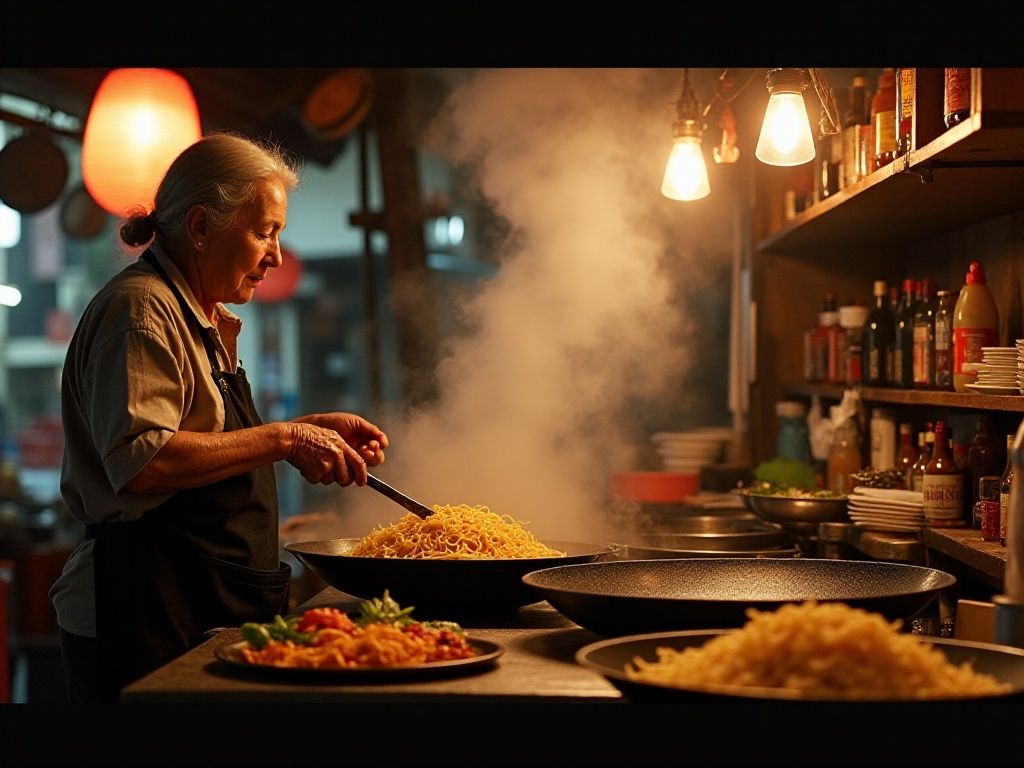
Hands-on Practice
The most memorable part of the tea ceremony experience was learning to prepare tea myself. Before this, I had always thought making matcha was just a matter of pouring powder into hot water and stirring. Only after trying it myself did I discover there was much more to learn.
First is the selection of the tea whisk (chasen). Traditional whisks are handmade from bamboo, with strict requirements for the number, length, and curvature of the bamboo strands. The teacher explained that only specific whisks can create suitable vortexes during rapid stirring, allowing the matcha powder to fully dissolve and create fine foam.
Then there's temperature control - water that's too hot makes the matcha bitter, while water that's too cool won't fully bring out the tea's fragrance. The teacher taught me to feel the temperature with the back of my hand, with about 80 degrees Celsius being optimal. When pouring water, you must also pay attention to the force and angle of the stream, as too much force will affect the final taste.
The most technically challenging part is whisking the tea. You must hold the whisk steady, use wrist strength to stir quickly, while maintaining a certain rhythm. On my first attempt, my entire wrist was sore, yet I only managed to create sparse foam. The teacher watched me with a smile, then gently took the bowl and created silk-like foam in just a few strokes. This moment reminded me of practicing squats at the gym - watching the trainer makes it look effortless, but when you try it yourself, nothing seems right.
The teacher said the most important thing in whisking tea is finding the right feel. The wrist force must be just right - too much force will destroy the foam, too little won't create the right texture. This requires extensive practice to master, just like learning calligraphy, where you must discover the mysteries through repeated practice.
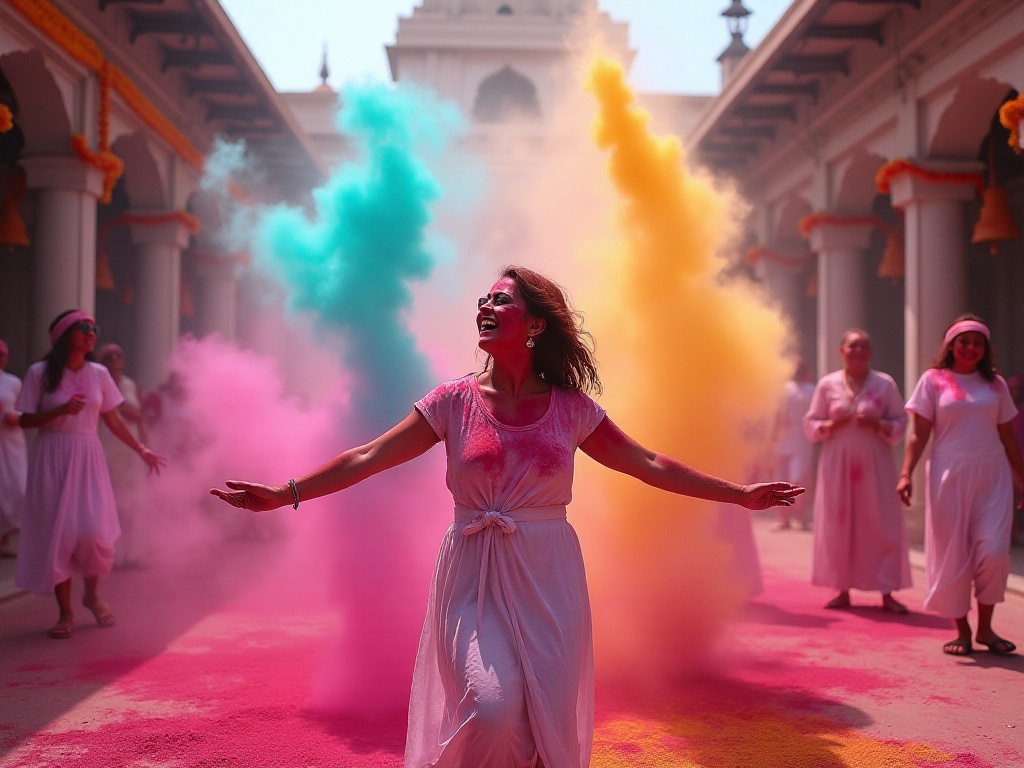
The Essence of Tea Ceremony
Over the next few days, I visited tea rooms of different styles in Kyoto, and each experience gave me new insights into tea ceremony. Gradually, I discovered that tea ceremony is actually a mirror reflecting Japanese attitudes and pursuits in life.
From the moment you open the tea room door, every movement is carefully designed. For example, you must first cleanse your hands at the tsukubai before entering the tea room - this isn't just about physical cleanliness but a ritual of purifying the mind. When sitting on tatami mats, you must maintain proper dress and posture, showing respect for the occasion and others.
The tea-drinking process is full of careful considerations. When receiving the tea bowl, you must hold it with both hands and turn its front toward yourself, expressing gratitude to the host. Before drinking, you should first appreciate the bowl's shape and glaze - this isn't just about appreciating art but feeling the craftsman's devotion.
After finishing the tea, you should carefully observe the tea stains left on the bowl, called "haiken." In our fast-paced modern life, we often overlook these details, but it's precisely these seemingly superfluous actions that teach us to slow down and savor life's beauty.
Another important concept in tea ceremony is "ichi-go ichi-e," meaning to treasure each meeting opportunity because the same moment will never repeat. This reminded me how I usually bury myself in work and rarely truly take time to chat with friends. Perhaps we should all learn from this tea ceremony wisdom and know how to cherish each present moment.
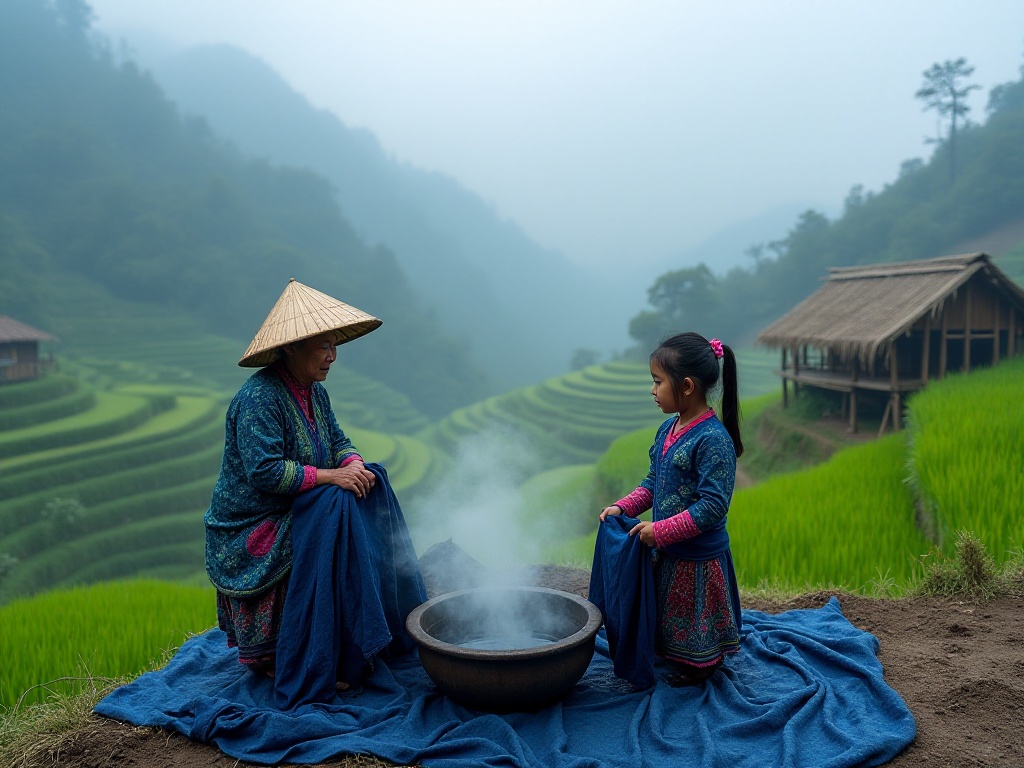
Modern Interpretation
What particularly delighted me was that Kyoto not only has traditional tea rooms but also many creative ones run by young people. While maintaining the core spirit of tea ceremony, they cleverly incorporate modern elements to create refreshingly new experiences.
I visited a modern tea room near Kyoto Station that used a minimalist design style - the combination of white walls, natural wood, and concrete floors maintained the simplicity of traditional tea rooms while adding a touch of fashion. Their tea utensils were also works by modern designers, each piece both practical and artistic.
Most impressive was a tea room that transforms into a sake bar at night. They perfectly applied tea ceremony rituals to the sake-tasting process, from the pouring gestures to the arrangement of cups, all full of tea ceremony elegance. This innovation showed me the endless possibilities of combining traditional culture with modern life.
Another tea room specially designed experience courses for foreign tourists. Besides traditional matcha preparation, they added wagashi-making and tea ceremony aesthetics lectures, allowing tourists to understand Japanese tea ceremony culture more comprehensively. Seeing these young people's innovative inheritance of traditional culture made me very pleased.
Insights Gained
This Kyoto trip left a deep impression on me, and upon returning home, I immediately bought myself a simple tea set. Although I may never reach the level of Japanese tea ceremony masters, this mindfulness toward life has deeply influenced my lifestyle.
Now every morning, I take ten minutes to prepare myself a bowl of matcha. During this brief time, I put down my phone, step away from social media noise, and focus on the bowl of tea before me. Watching the whisk create vortexes in the tea bowl and smelling the subtle tea fragrance helps me find inner calm.
This sense of ritual has also influenced my work style. Previously, I would handle multiple tasks simultaneously, but now I've learned to focus on one thing and do every detail well. As the tea ceremony teacher said, only when you fully invest yourself in something can you experience true joy.
Practical Tips
For friends wanting to experience tea ceremony in Kyoto, I have some practical advice to share. First, definitely make online reservations for tea rooms in advance, especially for weekends when many famous tea rooms are often fully booked. When making reservations, check if Chinese translation services are available, as this is important for understanding the essence of tea ceremony.
Regarding prices, they range from 3,000 to 30,000 yen per person depending on the experience content. The most basic experience courses, including matcha preparation and simple tea ceremony etiquette instruction, cost between 3,000-5,000 yen. If you want more in-depth learning, I recommend choosing comprehensive courses that include tea ceremony history, utensil introduction, and wagashi-making - although more expensive, they're definitely worth the value.
When choosing tea rooms, it's advisable to read reviews, especially Chinese ones. Some tea rooms, though historic, might not be suitable for beginners. Conversely, some newer tea rooms might be less traditional but focus more on interaction and experience with tourists.
When attending tea ceremony experiences, wear comfortable and appropriate clothing, preferably long pants or skirts suitable for formal sitting. You'll need to remove shoes when entering the tea room, so make sure your socks are clean and intact. If you plan to take photos, confirm in advance whether it's allowed, as some traditional tea rooms prohibit photography.
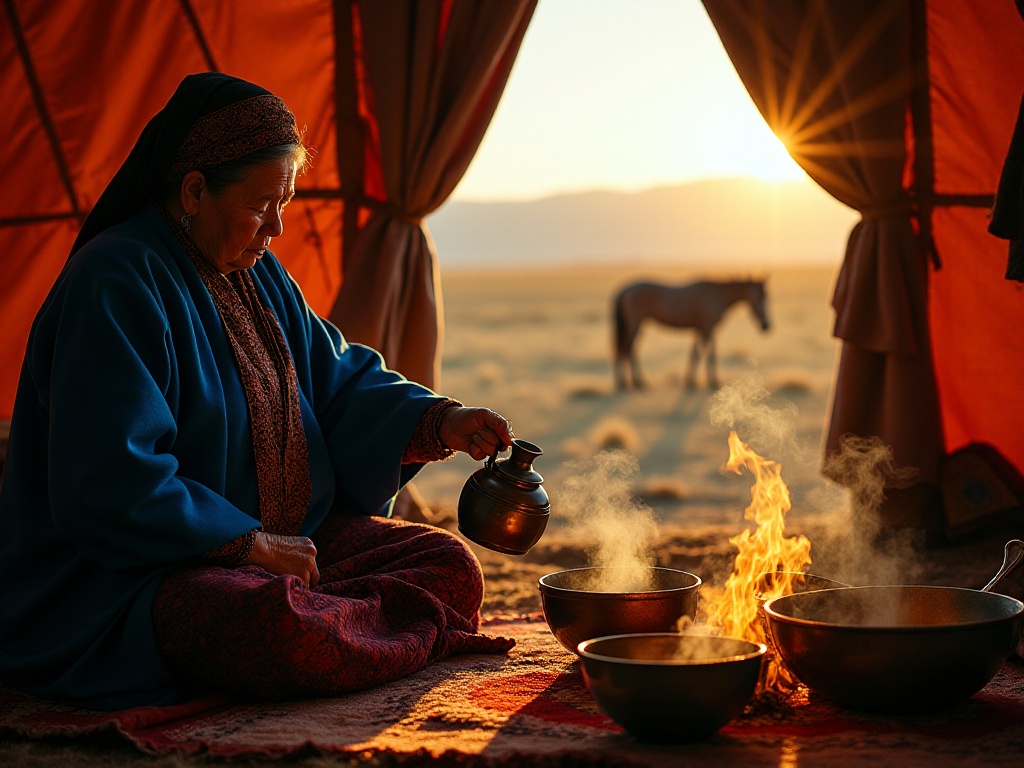
To Be Continued
This Kyoto trip gave me a new understanding of traditional culture. Tradition isn't unchanging dogma but wisdom that can evolve with the times. Tea ceremony taught me not just how to make good tea, but how to face life with a peaceful mindset.
In this fast-paced era, shouldn't we learn from the spirit of tea ceremony, knowing how to slow down and savor life's beauty? I look forward to sharing new travel stories with everyone next time. If you've also been to Kyoto, welcome to share your tea ceremony experiences in the comments section, let's explore this ancient and elegant cultural tradition together.
Just like the "ichi-go ichi-e" pursued in tea ceremony, each encounter is unique and precious. I hope this article sparks your interest in tea ceremony, and perhaps someday in the future, we might chance to meet in a Kyoto tea room and share a bowl of tea together.





